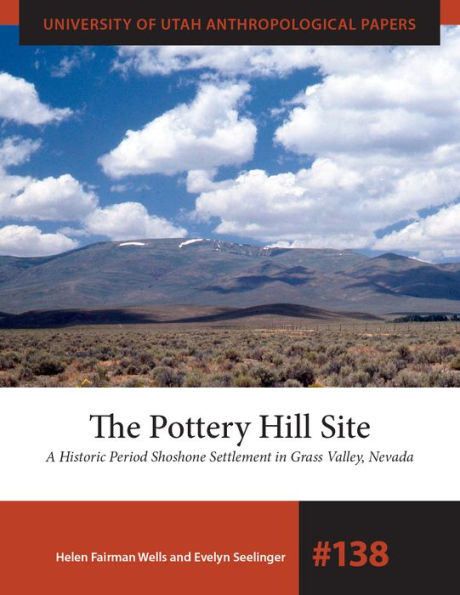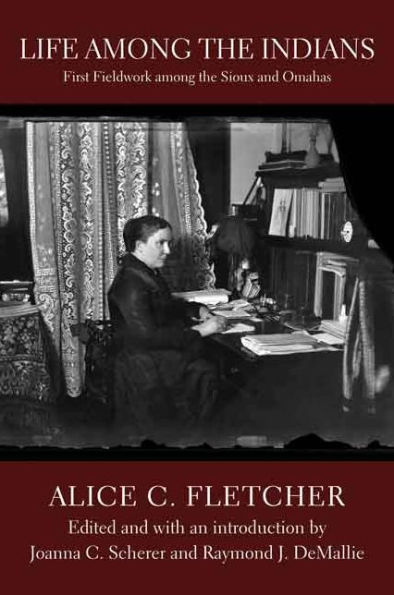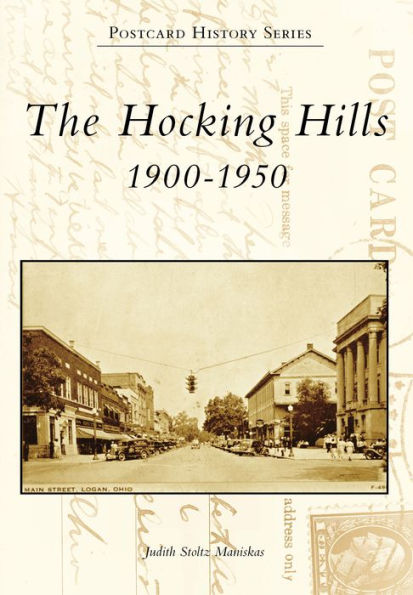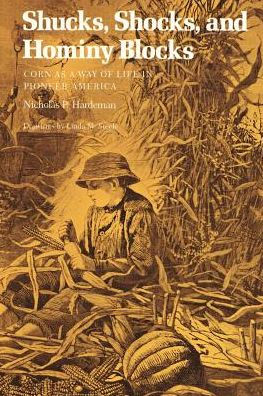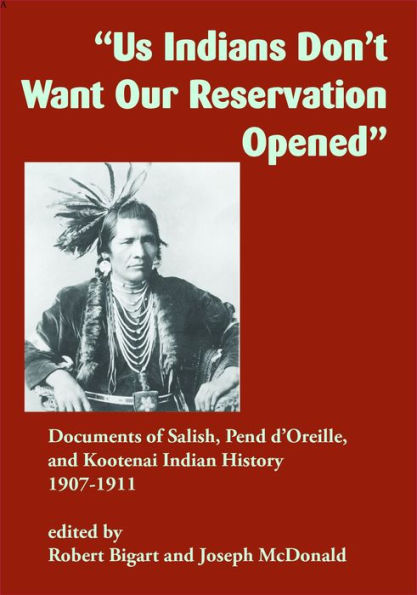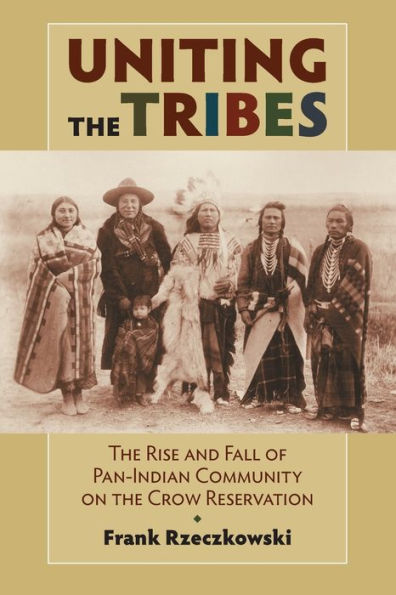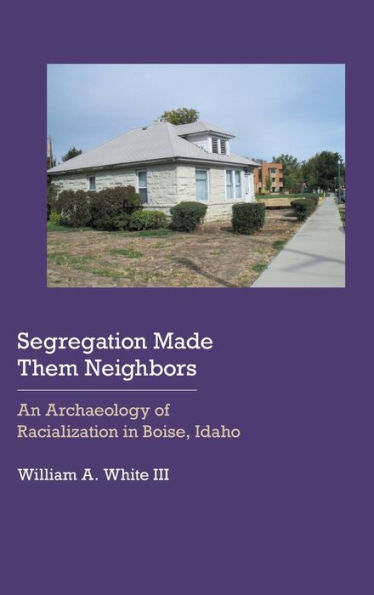Home
The Shoshone-Bannocks: Culture and Commerce at Fort Hall, 1870-1940
Loading Inventory...
Barnes and Noble
The Shoshone-Bannocks: Culture and Commerce at Fort Hall, 1870-1940
Current price: $54.99


Barnes and Noble
The Shoshone-Bannocks: Culture and Commerce at Fort Hall, 1870-1940
Current price: $54.99
Loading Inventory...
Size: OS
*Product Information may vary - to confirm product availability, pricing, and additional information please contact Barnes and Noble
Like many Native Americans consigned to reservations, the Shoshones and Bannocks of Idaho and Utah initially resisted the forces of incorporation; unlike many, they rose to the challenges they faced. Shoshone-Bannock cattlemen at Fort Hall, Idaho, survived drought, overgrazing, declining markets, and a world financial crisis that drove most non-Indian operators in the region out of business. John W. Heaton's book tells how they did it and assesses their success in pushing their cultural agendas in the face of federal Indian policy and international market pressures.
Confined to the Fort Hall Reservation from the 1880s to 1920s, the Shoshone-Bannocks faced assimilation pressures, subjugation to BIA-sponsored governance, and challenges to their traditional land use that left most of them dispirited and impoverished. Yet during this period they laid the foundation for a remarkable transformation in their economic and political institutions and moved closer toward self-determination. By the mid-1930s, a majority of reservation residents lived in framed houses and participated in a modern cattle industry, relying on the government for only a small fraction of their income and voting for representatives to a business council that handled most tribal affairs.
Even in the face of internal disputes between cattlemen and hay cutters, the people of Fort Hall found innovative ways—such as participation in new religious experiences, cultural redefinition, and regular community gatherings—to manage the contradictions that stemmed from market integration. Heaton tells how the Shoshone-Bannocks made a meaningful choice between productive commerce and a more typical reliance on subsistence and wage labor. Their leaders found new ways to unite disparate bands and kin groups to resist attempts to open reservation land to exploitation by non-Indians, and through careful land cessions they were able to obtain the capital needed to develop reservation resources themselves.
The Shoshone-Bannocks not only gained a national reputation for the quality of Fort Hall beef, they remained an adaptable and resilient people who continue to pursue a meaningful existence in a changing world. This case study challenges the view that Indians were ill suited to market-based pursuits and enhances our understanding of cultural persistence within the broader sweep of historical change.

